Q and A - LUANAR'S Prof. Limbikani Matumba on food safety and aflatoxin control
To accelerate holistic approach to Aflatoxin control, a capacity building workshop on domesticating African Union strategic framework was held recently in Lusaka, Zambia as part of SADC and COMESA.

LILONGWE, Malawi (Planet Defence) - Partnership for Aflatoxin Control in Africa country-led model has proven successful as a holistic and sustainable approach towards mitigating aflatoxins on the African continent.
The model has been packaged into a strategic framework for scaling holistic country-led model for Aflatoxin control in Africa which was endorsed by the 36th Ordinary Session of the Executive Council in February 2020 in Addis Ababa, Ethiopia.
The decision called for continued integration of aflatoxin control into National Agriculture Investment Plans and other national frameworks for sustainable implementation by all 55 AU Member States.
Planet Defence caught up with Limbikani Matumba, a Professor of Food Safety and Analysis at Lilongwe University of Agriculture and Natural Resources in Malawi at the Taj Pamodzi Hotel in Lusaka, Zambia. Here are the excerpts ;
Can you please introduce yourself to our audience?
My name is Limbikani Matumba, a Professor of Food Safety and Analysis at the Lilongwe University of Agriculture and Natural Resources in Malawi.
What are Aflatoxins in a layman language?
Aflatoxins are naturally occurring, highly toxic compounds which occur widely in diverse food and feed products such as groundnuts, maize, rice and sorghum. Aflatoxins are said to be one of the most pervasive food safety problems in Africa as contamination of food crops begins from the field and continues during post – harvest aggravated by climatic conditions and agricultural practices.
Contamination can therefore occur at any point along the food value chain and its impacts cut across three important sectors (health, trade and agriculture), making controlling aflatoxins very complex and challenging.
What have you been researching on and can you provide a background?
I have been conducting extensive research on the management of mycotoxins before and after harvest. However, more recently, I have added another layer, a focus on development of sampling protocols and analytical processes.
Despite the critical role of sampling and sample preparation in ensuring mycotoxin analysis accuracy, these aspects often receive less attention and effort compared to other phases of the process. As such it is great to see that some sections of the media are particularly keen to ensure these issues get the needed attention they deserved.
What is the level of awareness in as far as mycotoxins are concerned in Malawi?
The awareness level on issues related to mycotoxins is quite low. While most people are familiar with moulds, very few are aware that a significant portion of the moulds can produce harmful substances known as mycotoxins.
Furthermore, there is limited knowledge about the health implications associated with these mycotoxins. As such it is imperative that the media spare time to ensure there is adequate coverage on the issue as it affect health, trade and food and nutritional security in general.

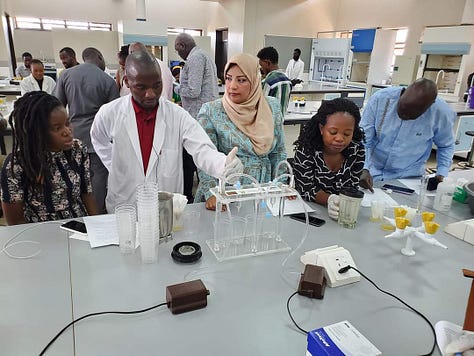
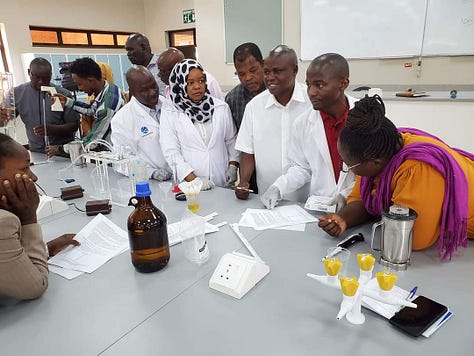
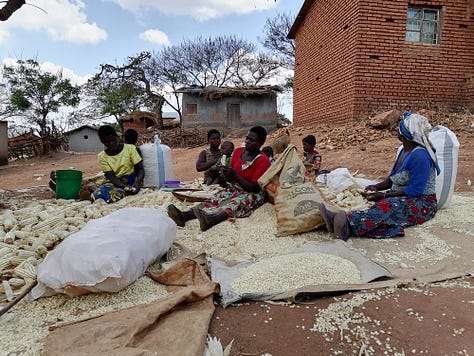
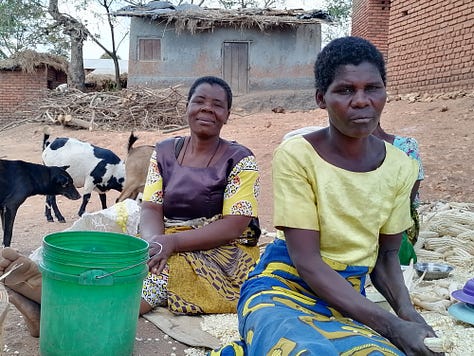
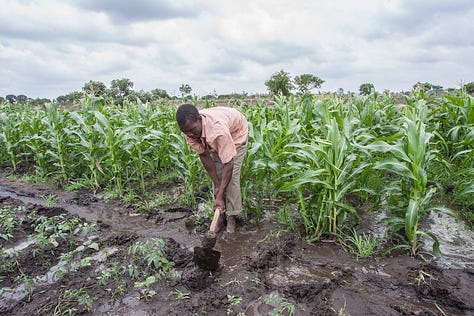
Why is it crucial to raise awareness about mycotoxins, including aflatoxins, among Malawians?
To understand the importance, it is essential to compare the situation in Malawi, with that in Europe and the United States. In the Western world, the average person does not need to worry about mycotoxins. This is because most people source their food from supermarket which is subjected to rigorous sanitary and phytosanitary inspections. So even if the individual has limited knowledge of mycotoxins, he or she is likely to be safe based on the controls set by regulations.
To the contrary, Malawi just like many African countries, much of our food comes from informal markets or is homegrown. So, if one doesn’t know about mycotoxin, it is very dangerous. As a result, there is a pressing need to educate both growers and consumers about the threats that are posed mycotoxins.
As such efforts must be made to raise awareness among producers, who are often consumers themselves, and to inform consumers who purchase from informal and unregulated markets about the dangers of consuming foods with mycotoxins.
What is your final word?
Mycotoxin issue in Malawi is a real and significant problem that demands our attention and pro-active management. While it poses challenges, it is not insurmountable. The most critical element in addressing this issue is to increase awareness among all stakeholders involved in the food production and supply value chain.
It is imperative for these value chain actors to fully comprehend the health and trade implications associated with mycotoxin contamination. This understanding is key to driving the necessary changes and ensuring that everyone involved takes the issue seriously. Education and awareness campaigns are critical in achieving this goal.
Additionally, providing pragmatic guidelines for the prevention and management of mycotoxin contamination is necessary. These guidelines should be practical and actionable, tailored to the specific needs and resources available in Malawi.
Yes, we can manage mycotoxin in Malawi. It is possible.



